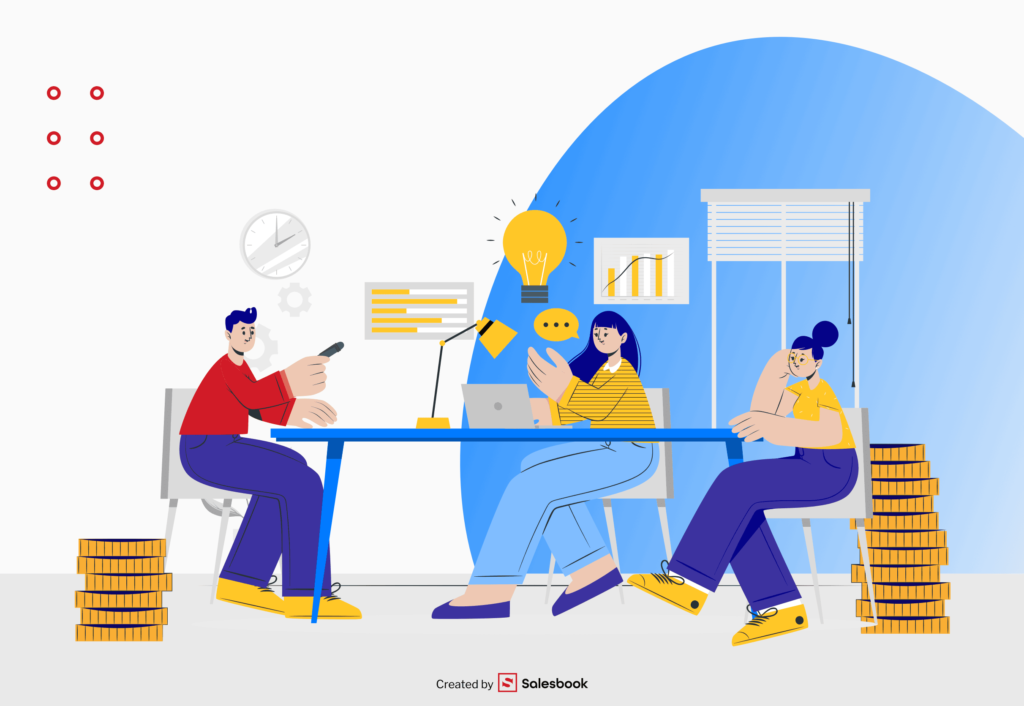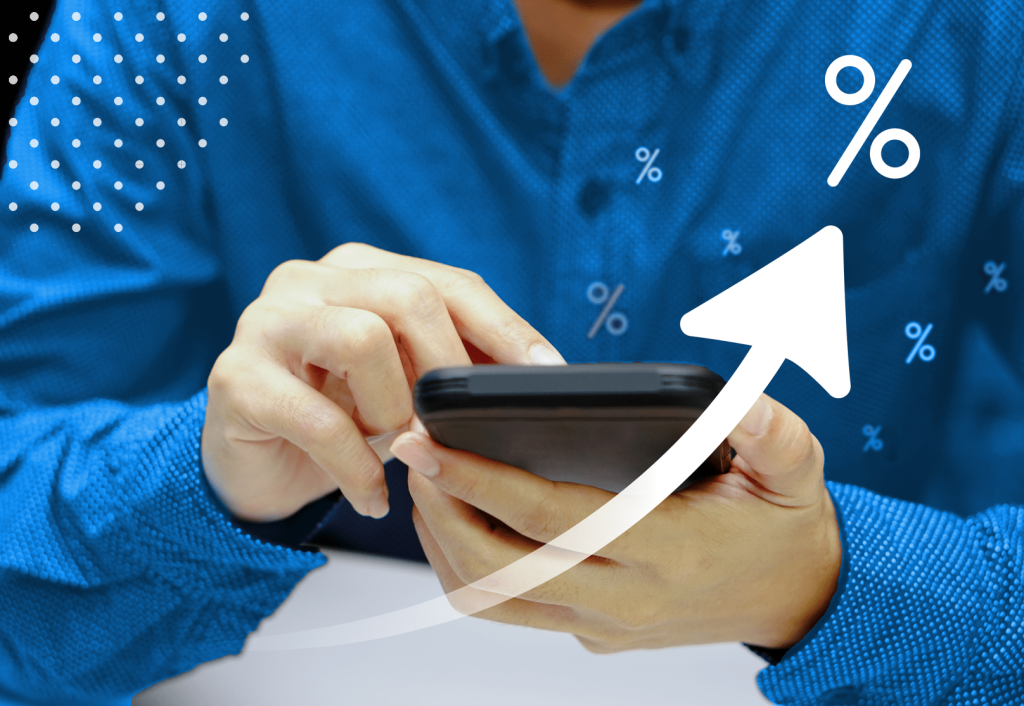Top Strategies for Effective B2B Customer Acquisition
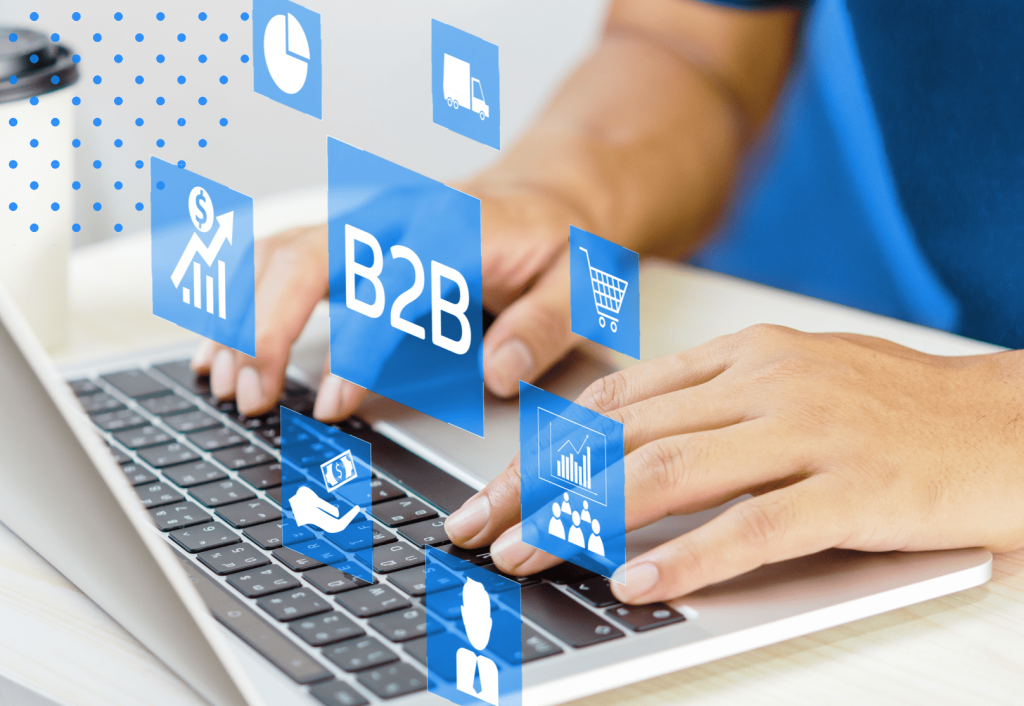
In B2B sales, the winners are those who combine strategic thinking with operational precision. Customer acquisition is no longer the realm of sales reps armed with a phone and an Excel spreadsheet. It’s a process—comprehensive, measurable, and increasingly driven by data and technology. But here’s the catch: even the best CRM or the most expensive lead gen tool won’t help if you don’t know who you’re targeting, how you plan to reach them, or why they should trust you.
That’s why in this article, we’ll walk you through the entire B2B customer acquisition process step by step—from defining your ideal customer, to choosing the right channels and tactics, to measuring the effectiveness of your efforts. Whether you manage a sales team, work in the field, or you’re a CEO trying to understand why your pipeline is leaking, you’ll find clear, actionable answers here.
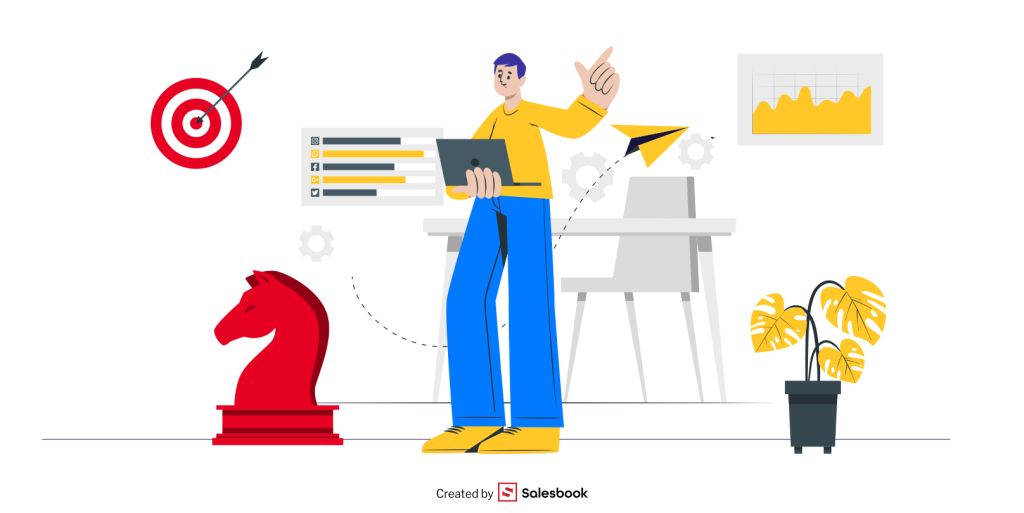
Introduction to the B2B (Business to Business) Customer Acquisition Process
B2B customer acquisition isn’t a sprint—it’s a marathon. One that involves a structured sales process, strategic checkpoints, and intentional milestones. The goal isn’t just to generate leads, but to create a repeatable system that consistently brings in high-quality sales leads, regardless of which sales representative is making the call or sending proposals. In B2B lead generation, success relies on close collaboration between sales and marketing teams, especially when dealing with longer sales cycles and complex sales negotiations involving two or more companies.
Strategic Foundations for Scalable Lead Generation
Instead of chasing random potential leads, modern strategies focus on aligning marketing campaigns with the sales department to increase lead quality and the higher likelihood of closing deals. Effective acquisition systems often combine content creation (like white papers, interactive content, or press releases) with paid advertising and insights drawn from customer feedback. By leveraging company websites, self services, product demos, and even building relationships with brand ambassadors, businesses can position their company’s product as the ideal solution for other businesses.
It’s also critical to segment prospects into two categories—those ready to buy now and those that need nurturing—and adjust your approach accordingly, which may vary depending on revenue potential. To stay competitive, most businesses are building a robust tech stack that supports targeting, personalization, and measurement across all acquisition channels, from paid ads to organic outreach.
How B2B Customer Acquisition Differs from B2C (Business to Consumer)
In B2C, purchasing decisions can take minutes. In B2B, they can take weeks, months—or even years. It’s a team sport. On the other side of the table, you’ll find the CEO, CFO, procurement, and end users—all with different needs, concerns, and ways of communicating.
That’s why B2B customer acquisition must account for:
- A long decision-making cycle—the bigger the deal, the more stages and stakeholders.
- A focus on business value, not emotional triggers.
- Relationship-building—trust and credibility often outweigh price.
- Complex products and services that require clear explanations and tailored messaging.
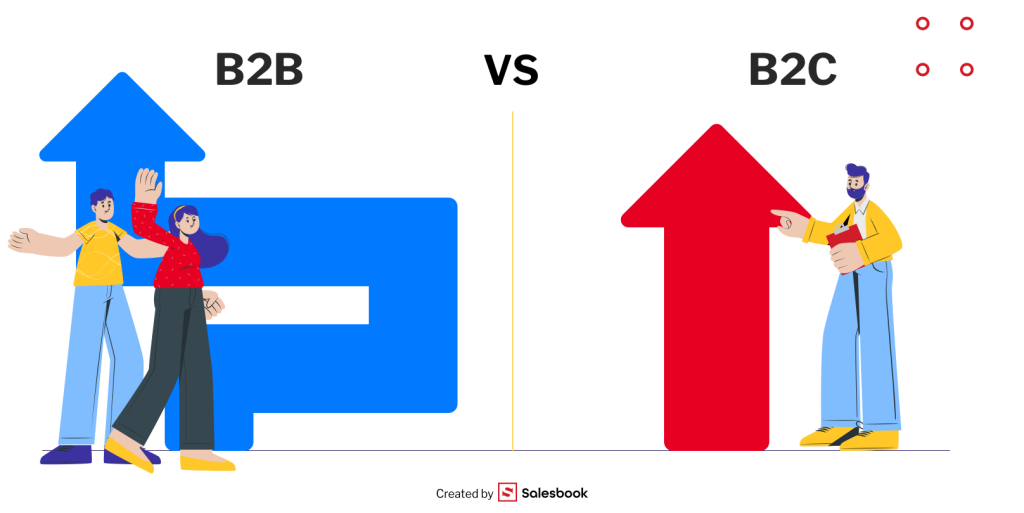
Why treat customer acquisition as a process?
Because without a process, you get chaos. Sales teams operating without a repeatable system rely on “random” contacts and ad hoc actions. The result? Poor scalability, low ROI, and difficulty building a healthy sales pipeline.
A structured process helps you:
- Improve the effectiveness of your sales efforts
- Minimize lead drop-off at critical stages
- Assign specific KPIs to each step of the acquisition funnel
- Optimize efforts through data and automation
Benchmark: How Much Does It Cost to Acquire a B2B Customer?
According to HubSpot research, the Customer Acquisition Cost (CAC) in B2B has increased by as much as 50% over the past decade. At the same time, 65% of companies admit they don’t know exactly how much they’re spending on acquisition—making it hard to make smart decisions.
The more structured your process, the easier it is to manage, measure, and—most importantly—replicate success.
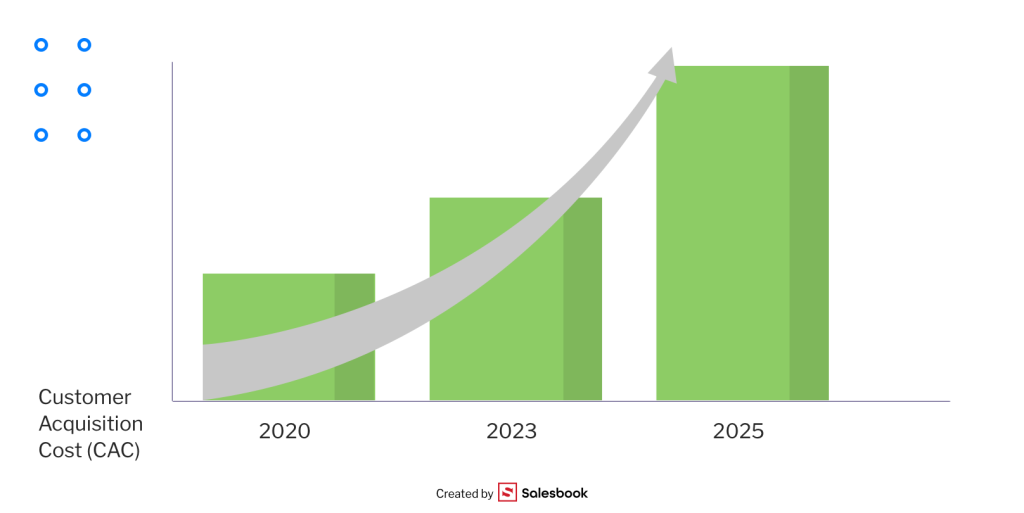
Who Are Your Potential B2B Customers—and How Do You Define Them?
Before you take any action to acquire new customers, there’s one fundamental question you need to answer: Who exactly is your offer for? And it’s not just about listing company names or industries. It’s about understanding the specific problems, goals, and needs your potential customers face. Only then can you design an effective and scalable customer acquisition system.
Not Every Customer Is a Good Customer—Meet Your ICP
In B2B, the key to acquiring high-value customers is defining your ICP—Ideal Customer Profile. This is a description of the type of company that is most likely to:
- Benefit from your product or service,
- Gain real value from using it,
- And stick with you long-term (i.e., have a high Customer Lifetime Value).
Your ICP should include details such as:
- Company size
- Industry
- Number of employees
- Level of digital maturity
- Stage of growth
- Key challenges and business goals
- Decision-making structure and typical objections
If your business serves multiple industries or segments, it’s smart to develop several ICPs. This helps you tailor both your messaging and your acquisition methods to each group more effectively.
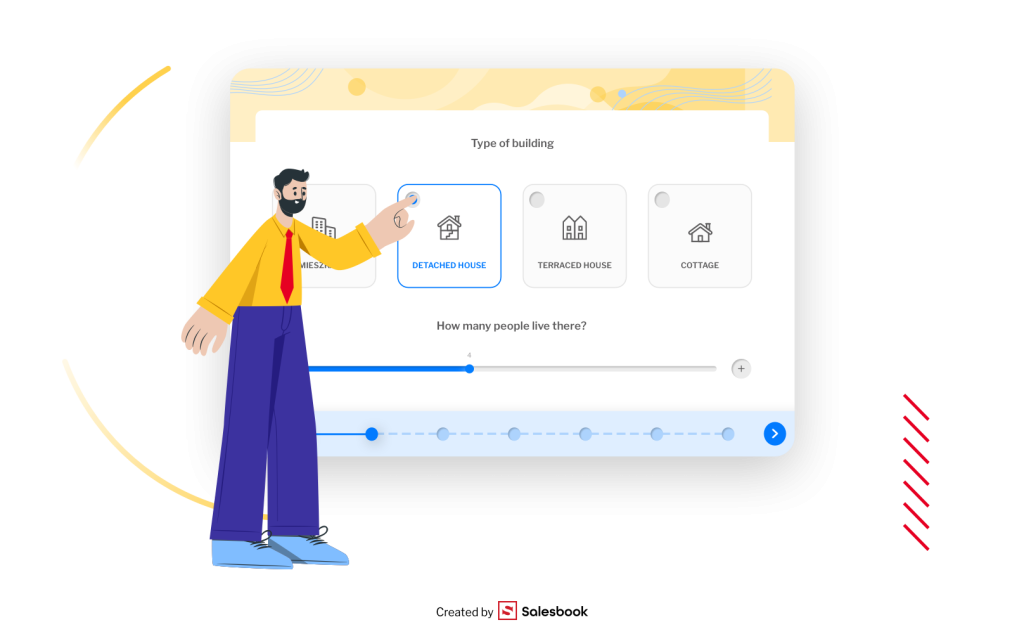
Decision Makers – Who Actually Calls the Shots?
Beyond the company profile, it’s equally important to understand the decision-makers—those individuals your sales and marketing teams will engage with directly. In B2B, purchasing decisions are rarely made by one person. More often, it’s a committee made up of:
- The decision-maker (e.g., CEO, COO)
- The internal sponsor (e.g., the manager whose team will use your solution)
- A technical gatekeeper (e.g., IT department)
- A representative from legal or procurement
Each of these personas has different expectations, concerns, and priorities. Some care about ROI, others about data security, and still others about ease of use. If you want to win the deal, you need to speak each of their languages.
Research and Data: How to Understand Your Potential Customers and Their Needs
Before launching a cold email campaign or setting up LinkedIn targeting, make sure you have up-to-date insights about your audience. Useful sources include:
- LinkedIn Sales Navigator
- CRM data
- Analysis of RFPs and client briefs
- Conversations with current customers (Customer Interviews)
- Website traffic and behavior analytics tools
A great practice is to run a short survey with current and lost customers. This can reveal their true buying motivations and preferences when it comes to communication and customer experience.
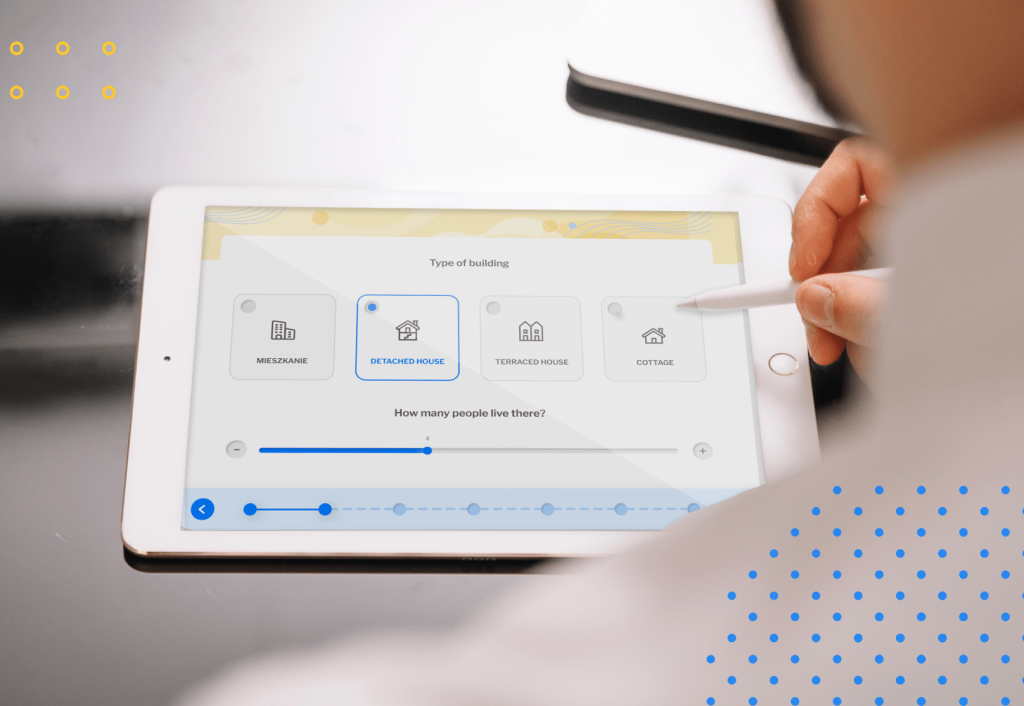
Content Marketing as a Source of Customer Insights and a Customer Acquisition Tool
Effective content marketing not only boosts your brand’s visibility—it also delivers a wealth of data about how potential customers behave. With it, you can:
- Discover which topics resonate most with your target audience
- Evaluate which pieces of content drive the highest conversions
- Identify your most engaged prospects for follow-up sales activities
It’s no coincidence that content marketing is now one of the most powerful tools in customer acquisition. According to Demand Metric, companies that consistently produce valuable content generate 67% more leads than those that don’t—while spending less to do so.
Why Strategy Is the Foundation of Any Customer Acquisition Process
Trying to acquire new customers without a strategy is like launching an ad campaign without a budget or a goal—it might work by chance, but it won’t be repeatable or scalable. A customer acquisition strategy isn’t just a document for show—it’s a structured plan that helps your business deliver predictable, measurable sales results.
Why does this matter so much? Because today’s B2B buyer doesn’t act on impulse. Before they ever answer a call from a salesperson, they’ll check your social media, visit your website, read reviews, and maybe even download an e-book or watch a webinar. Only then will they decide whether it’s worth having a conversation.
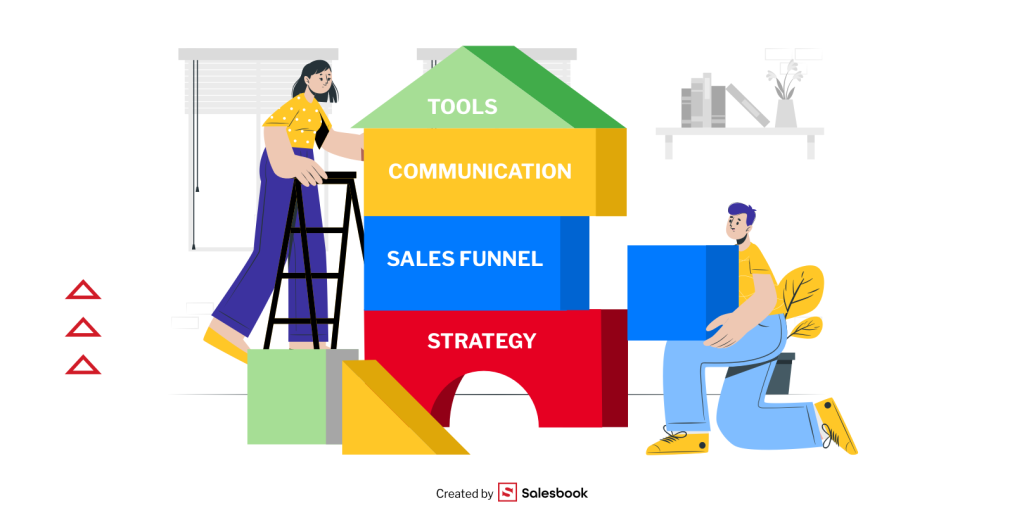
Strategy Is the Antidote to Chaos
A solid strategy helps you avoid common pitfalls such as:
- Targeting the wrong audience
- Misalignment between marketing and sales
- Running campaigns without tracking their effectiveness
- Randomly choosing outreach channels
In practice, a customer acquisition strategy goes beyond simply setting a goal (e.g., 50 new leads per month). It also includes:
- Selecting the right channels (e.g., LinkedIn, cold outreach, industry trade shows)
- Planning marketing activities
- Using tools to manage and qualify leads
- Creating follow-up workflows and next-step marketing sequences
Use Technology to Align Marketing and Sales
For many companies, the turning point comes when they implement marketing automation tools. These platforms allow you to:
- Track user behavior on your website
- Automatically segment leads
- Send personalized messages at the right moment
- Instantly pass “hot” leads to your sales team
Studies show that companies using marketing automation see a 451% increase in qualified leads within the first 12 months (source: Business2Community).
That’s not just about saving time—it’s a measurable impact on your ability to acquire new customers.

Go Where Your Potential Customers Already Are
It’s not enough to “have a presence” online. You need to be where your potential customers actually spend their time—and speak their language. That’s why more and more companies are investing in social media, which today serves not only as a branding tool but also as a legitimate sales channel.
LinkedIn, Twitter, and even YouTube or TikTok can drive significant growth in certain industries. But there’s a catch—they only work if the content you share is truly relevant to your audience and closely aligned with your company’s expertise.
With a well-crafted strategy, you can:
- Establish yourself as an expert in your field
- Reach new segments of the market
- Effectively acquire customers who were previously outside your radar
Outbound vs. Inbound: Which One Should You Use—And When?
There’s no one-size-fits-all solution in sales. What works in one industry might completely fail in another. That’s why it’s crucial to understand when to use outbound tactics and when to go all-in on inbound—where customers come to you through valuable content, SEO, and social media presence.
Both approaches make sense—but they require different tactics, timelines, budgets, and levels of team involvement. And most importantly—they’re not mutually exclusive. In fact, the best strategies combine both.

The Pros and Cons of Outbound Customer Acquisition
Outbound customer acquisition is a proactive approach—you make the first move, not the customer. This typically includes tactics like cold emailing, cold calling, direct outreach on LinkedIn, or following up after industry events.
Advantages of outbound:
- Full control over the process – you decide when and whom to reach out to.
- Faster results than inbound – no need to wait for someone to discover your content.
- Precise targeting – you can choose prospects based on industry reports, company size, or job titles.
- Perfect for Account-Based Marketing (ABM) – especially when selling complex solutions with high entry barriers.
Disadvantages of outbound:
- Lower conversion rates – prospects are often caught off guard and take longer to build trust.
- Higher resistance – cold outreach can feel intrusive.
- Requires high-level personalization – without it, your message is likely headed straight to the trash.
If you’re focused on landing customers you already know by name, title, or company, outbound gives you more control—and a better shot at opening doors faster.
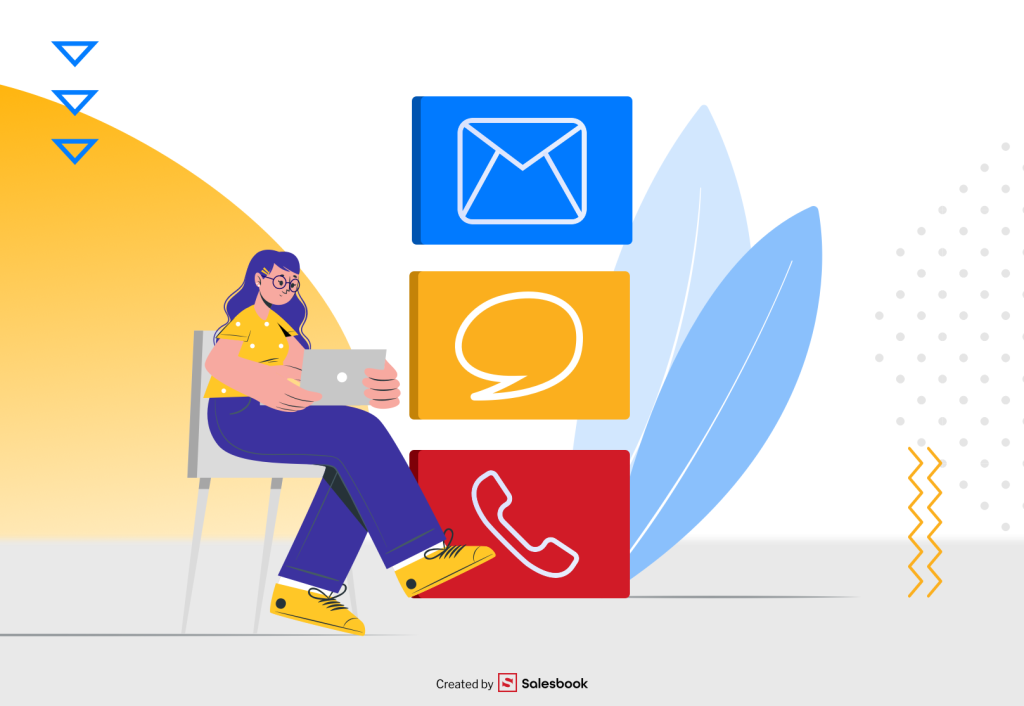
When Inbound Isn’t Enough
Inbound marketing is a pull strategy—create valuable content, publish case studies, engage with the media, and optimize your website for search. The idea is that customers come to you—often with a clear need already in mind.
Inbound works well when:
- You already have a recognizable brand
- You offer something customers actively search for (like SaaS solutions)
- You’re focused on educating the market and building long-term loyalty
- You rely on scalable strategies that consistently deliver value through digital marketing
But inbound alone won’t work in every situation. It’s often not enough when:
- You’re a new brand that no one has heard of yet
- You operate in a niche with low search volume and limited organic traffic
- You need fast results or have aggressive sales goals
- Your prospects don’t actively search for solutions—you need to “wake them up”
- You haven’t yet built trust, reputation, or a base of happy customers
In these cases, inbound can support your marketing efforts, but active prospecting is what will get you in front of key decision-makers who won’t find you through a blog post or social media update.
That’s why top-performing teams don’t ask “inbound or outbound?” Instead, they ask: How do we combine both to drive real lead generation?
This hybrid strategy—blending valuable content with precise prospecting—is the most effective approach in today’s B2B world, where decisions are based on data, relationships, and the credibility of the person representing your company.
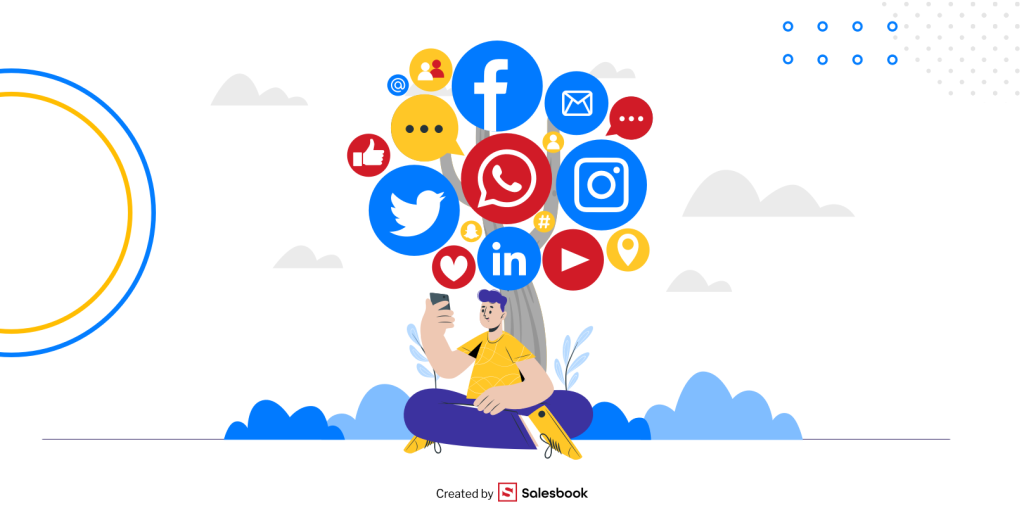
The Most Effective B2B Customer Acquisition Methods
In B2B, the most valuable currency is a decision-maker’s time. Before they click your offer or reply to your message, they need to believe you’re not wasting their attention. That’s why effective lead generation today isn’t just about tools—it’s about having a strategy tailored to the specific dynamics of your industry.
There are countless methods out there, but only a few consistently deliver high-quality leads into your sales funnel. Below are two approaches that not only work in B2B, but also give you a competitive edge.
Social Selling, Cold Emailing, Prospecting – Old-School or Must-Have?
LinkedIn outreach, automated campaigns, bulk messaging—many people dismiss these as outdated. But the truth is quite the opposite. When done thoughtfully and with context, social selling and cold emailing remain some of the most effective ways to build relationships and initiate meaningful contact with potential buyers.
Social selling means being actively present on social media—most commonly LinkedIn—and using it to:
- Join and contribute to industry-specific discussions
- Share expert content relevant to your niche
- Engage in conversations with people from your target audience
- Initiate dialogue that can naturally evolve into a sales opportunity
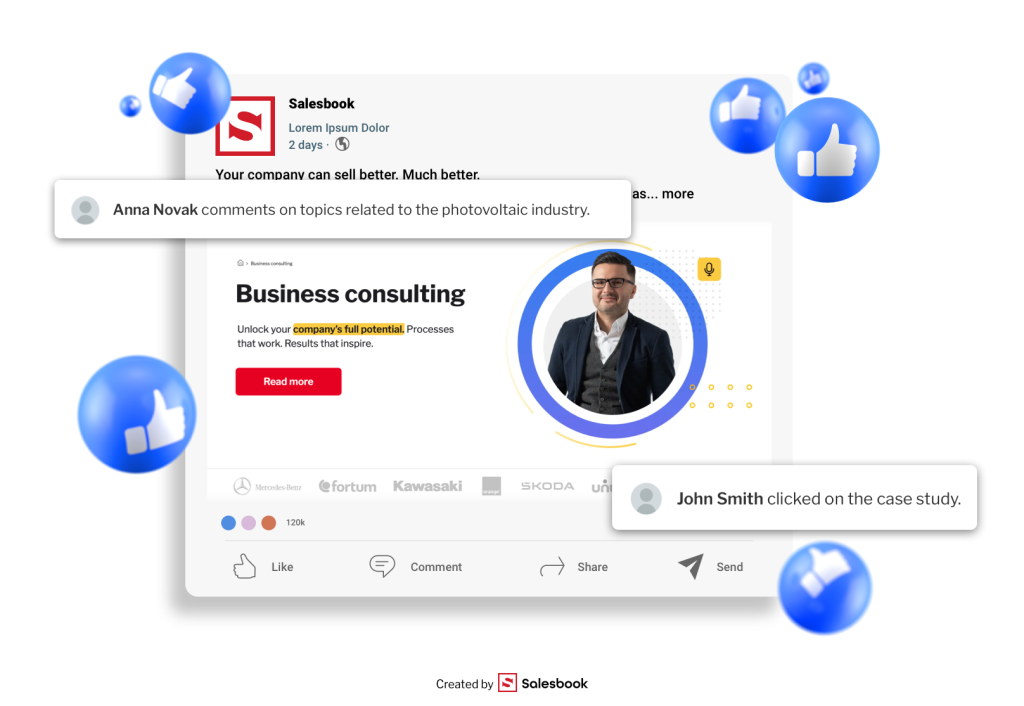
This approach helps build your brand recognition, position your company as an authority, and—most importantly—earn your prospects’ trust.
On the other hand, cold emailing and prospecting still deliver excellent results when:
- You have a well-prepared contact list
- You understand the specific pain points of each recipient
- And you can clearly show, in just a few sentences, that you get their business challenges
Good prospecting isn’t mass outreach. It’s precision work—grounded in research, deep understanding of the customer’s business, and a value proposition tailored to their context. Ask yourself: would you respond to a message that feels like spam?
A powerful complement to traditional methods is launching partner programs that encourage your existing business partners to recommend your company within their own networks. These kinds of referrals—especially when they come from satisfied clients—can significantly shorten the sales cycle.
How to Use AI and Automation in Customer Acquisition
In 2025, it’s impossible to talk about effective customer acquisition without mentioning artificial intelligence. AI doesn’t replace the salesperson—but it can help them accomplish 10x more in the same amount of time.
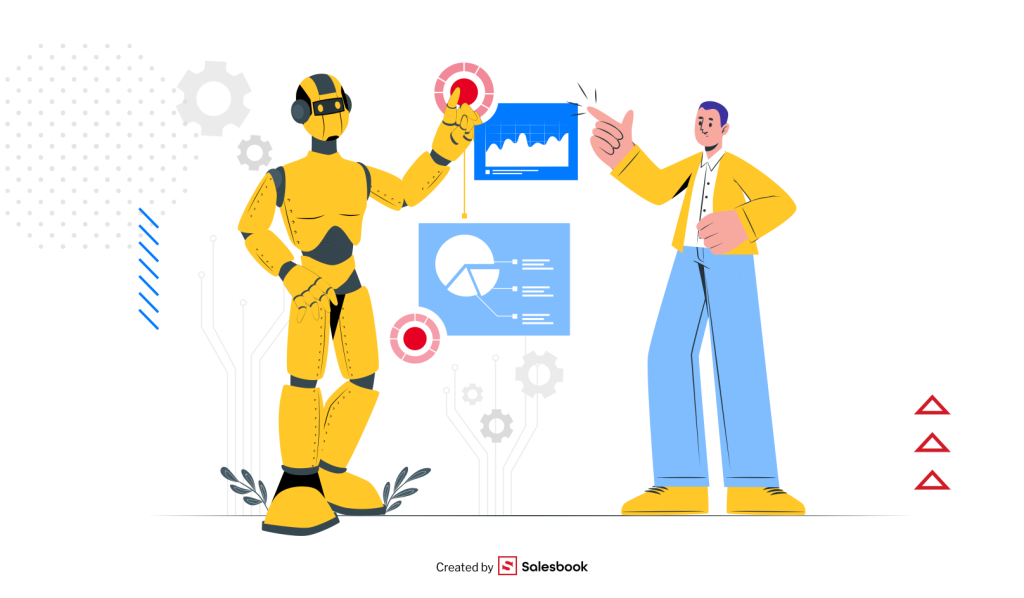
Here are some practical applications:
- Personalized cold outreach – AI tools analyze a prospect’s profile and generate messages that feel hand-written and tailored to their needs.
- Lead scoring – Based on website behavior and CRM history, the system assigns scores to leads—so you know exactly where to focus your time and energy.
- Intelligent segmentation – AI clusters leads by engagement level, job role, or customer service interaction history.
- Sales chatbots – These bots engage in real-time conversations and qualify prospects before a human ever gets involved.
With tools like Apollo.io, Clay, Lemlist, and ChatGPT, many companies are building fully automated funnels that connect with decision-makers before a sales meeting even happens.
But here’s the key: AI accelerates—it doesn’t think for you. The success of your automation depends entirely on how well you understand your customers, their business challenges, and the language they use. That’s the only way automation can support your efforts instead of getting in the way.
So, if your company is thinking about scaling sales operations, investing in AI and automation isn’t a “nice-to-have”—it’s a survival strategy. The best players in the market are already gaining a competitive edge by integrating AI tools directly into their sales and marketing workflows.

Step-by-Step Guide to B2B Customer Acquisition – From Research to Outreach
Acquiring a B2B customer doesn’t start with a proposal—it starts with understanding the context. The more you know about a potential client—their organization, challenges, and decision-making structure—the better your chances that your message won’t end up in the trash.
This early phase, often skipped in a rush, is actually what determines whether your acquisition process will succeed or fail.
Below is a proven, effective framework—from the first click on a prospect’s profile to crafting a message that actually gets read.
How to Find Contact Information for Potential Clients and Generate Leads
In an era where cold calling is losing its edge and inboxes are overflowing, data quality is your competitive advantage.
Step 1: Identify the Right People
Start by searching for companies that match your Ideal Customer Profile (ICP). Use tools like:
- LinkedIn Sales Navigator – lets you filter contacts by industry, job title, company size, and location
- Apollo.io – offers access to over 250 million B2B contacts, complete with verified emails and phone numbers
- Hunter.io – helps you find email formats used in a specific domain (e.g., firstname.lastname@company.com)
- BuiltWith – lets you check which technologies a company uses (e.g., CRM, CMS, automation tools)
Example: If your company offers solutions for e-commerce businesses, you could target companies using Shopify or WooCommerce and reach out to their Head of Marketing.

Step 2: Verify the Data
Before you send anything—make sure the contact information is accurate. Use tools like:
- NeverBounce or ZeroBounce – to validate email addresses
- Lusha – to verify phone numbers and personal data
According to ZoomInfo, accurate contact data increases cold email response rates by 42%.
Pro Tip: Build Your Own List
Don’t buy lead lists! Creating your own database based on verified, up-to-date data is far more effective and scalable. A list built with your brand in mind is worth more than any pre-packaged spreadsheet of “leads.”
How to Craft an Effective Sales Message or Pitch
What you write in the first five lines of your message determines whether your prospect keeps reading—or sighs and deletes it as just another spammy email.
Step 1: Start With Context
Show that you’ve done your homework. Refer to things like:
- The person’s recent LinkedIn post
- A new product launch at their company
- An article or interview featuring their CEO
- A trend or challenge specific to their industry
Example:
“I noticed your team is expanding automation in logistics this year—funny enough, that’s exactly what we were discussing with one of our clients in manufacturing who faced a similar challenge.”

Step 2: Show Value and Relevance
Don’t sell a product—sell a solution to a specific problem your prospect is facing.
Instead of saying:
“Our software helps you create reports 3x faster…”
Say something like:
“From what I see, your company is scaling data reporting across multiple locations—we helped a similar organization reduce reporting time from 3 days to just 4 hours. I’d be happy to show you how.”
Step 3: End with a Clear CTA
Don’t leave your prospect wondering, “What am I supposed to do next?” Offer a clear and simple next step:
- “Would you be open to a 15-minute call next week?”
- “I can send over a case study from a company in your industry—would that be helpful?”
According to Woodpecker, cold emails that include one specific call-to-action have significantly higher response rates.
Tools to Help You Craft the Perfect Message:
- Lavender – AI-powered tool that analyzes your email and suggests style and effectiveness improvements
- ChatGPT – Generates personalized message drafts based on your prospect’s profile
- Canva / Pitch / Storydoc – Create short, interactive presentations that stand out from traditional PDFs
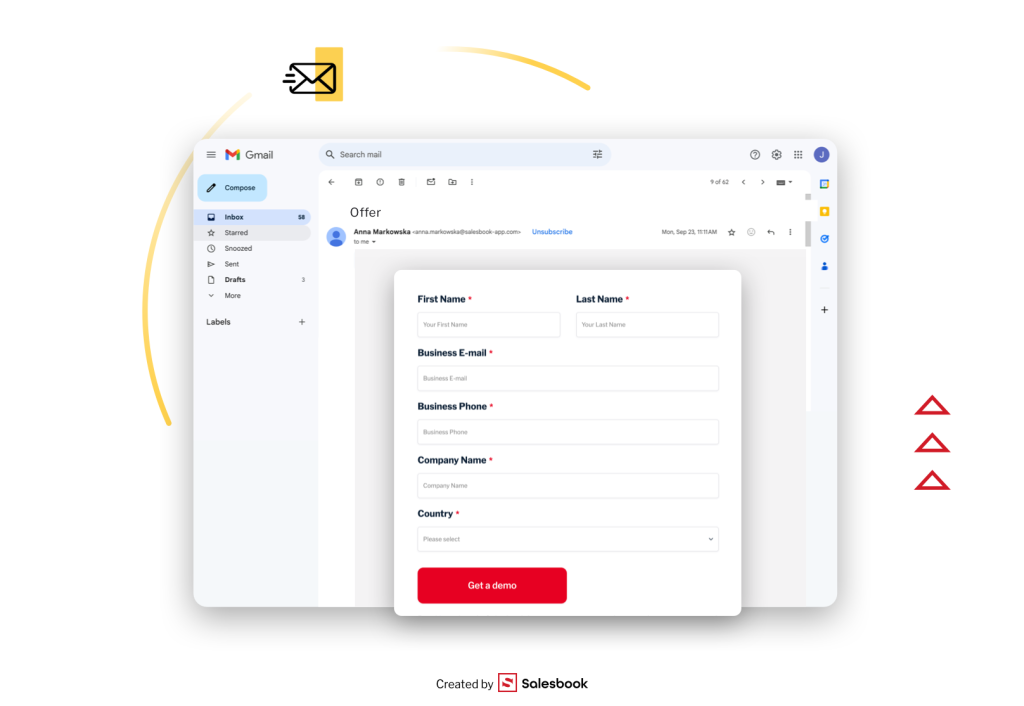
The First Client Call – The Moment That Defines Customer Acquisition
Before there’s a contract, before onboarding begins, and before a client becomes an advocate for your brand—there’s one critical moment that determines everything: the first call.
It’s during this call that a potential client makes an internal decision—“I want to keep talking” or “This is a waste of time.”
That’s why this stage requires your full attention. The quality of this conversation is often the deciding factor in whether or not you win the deal.
What Questions to Ask and How to Talk About Your Offer
In B2B sales, one of the most common mistakes sales reps make is jumping straight into the pitch.
But in reality, the first 70% of the conversation should be about the client—their challenges, goals, processes, and motivations.
Questions That Uncover Real Needs
Instead of asking: “Are you interested in our solution?”
Ask things like:
- “What’s currently working well for you—and what’s frustrating?”
- “What does your [process X] look like today, and where are the limitations?”
- “What needs to change for you to hit your goal this quarter?”
The best discovery questions touch on three key areas:
- Processes – How does the client currently operate? What tools and workflows do they use?
- Problems – Where are they losing time or money? Where are the bottlenecks?
- Priorities – What are they trying to achieve, and by when?
By exploring these areas, you build a clear picture where your solution naturally fits—not as a pitch, but as the answer to clearly defined business challenges.
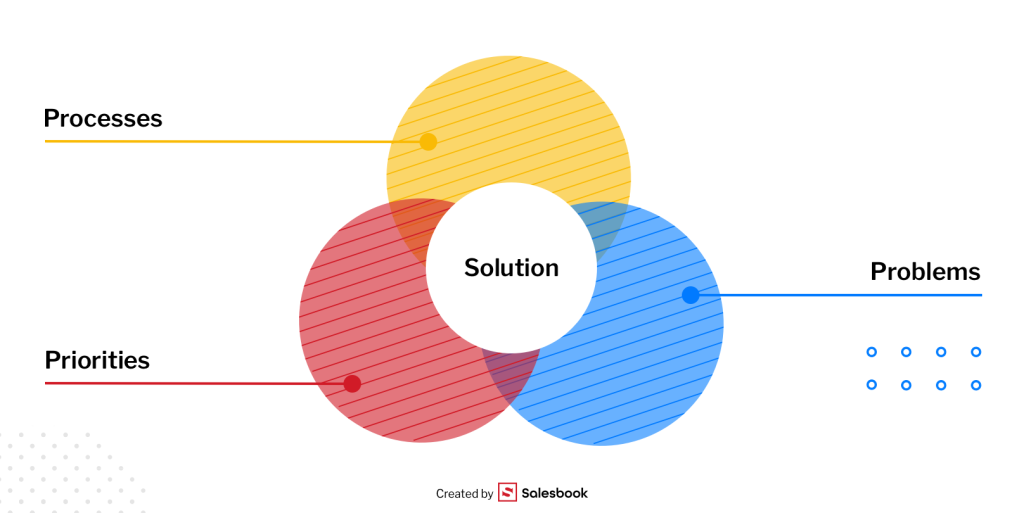
How to Talk About Your Offer
If your prospect has opened up—don’t waste that opportunity. When presenting your offer:
- Speak in terms of benefits, not features.
Instead of: “We have a dashboard with six modules,” say:
“With our reporting tools, your field managers can make decisions 30% faster.” - Reference what the client said earlier.
“You mentioned that your biggest issue is quick team response—our push notification feature was built exactly for situations like that.” - Use examples or analogies.
“Imagine your sales rep spends 30 minutes a day filling out Excel sheets—that adds up to over 100 hours a year. Our system eliminates that task with one click.”
Common Mistakes That Kill Your Chances of Winning a New Client
Even the best product won’t save a bad conversation. Here are the most common missteps that cost you valuable opportunities:
Jumping into the pitch too quickly
If you start talking about your product before understanding the client—you’ve already lost them.
Golden rule: The client should talk for 70% of the time; you talk for 30%.
Lack of preparation
Didn’t research the company? Don’t know who you’re speaking with, or what their recent challenges or wins are? To the client, this screams: “You’re just another name on a list.”
Closed, generic questions
Questions like “Are you interested in X?” or “Do you already use this?” invite one-word answers that shut down the conversation.
Replace them with exploratory questions like:
“What’s currently your biggest challenge in [X]?”
Misaligned language and tone
A CEO and an operations manager speak different languages—both literally and figuratively. If you don’t adapt your tone and messaging, you might lose a qualified lead simply due to a disconnect.
No clear summary or next step
“I’ll follow up later” is not a real close.
Always end with a specific proposal:
“Would it work for you if we regroup on Wednesday at 10:00 with a demo walkthrough?”
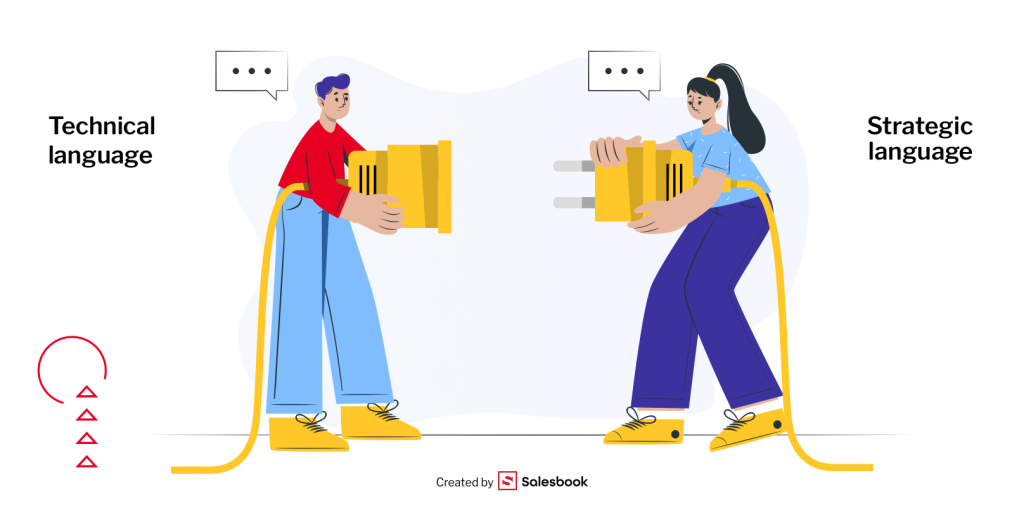
Follow-Up and Lead Nurturing – What to Do When a Client Says “Not Now”
In B2B sales, “no” rarely means “never.” More often, it means “not right now,” “we don’t have the budget,” or “we’re not ready to decide.” And that’s exactly when the long game begins—what we call lead nurturing.
That’s why you should never treat a lack of decision as a failure. It’s just another stage in the customer acquisition process. In fact, the consistency and quality of follow-up often separates great salespeople from average ones.
How to Stay on the Radar Without Being Pushy
Nurturing is all about balance—reminding prospects of your presence without being annoying. It’s not spam. It’s about delivering value, in a way that still aligns with their business context and needs.
5 Proven Ways to Stay in Touch Without Irritating Your Prospect:
- Share content tailored to their role or challenge
For example, a blog post, industry report, or case study.
“You mentioned reporting challenges—this piece might be helpful.” - Offer a quick update when something changes
Like a new feature release, integration, or success story from a similar client. - Invite them to an event
Such as a webinar, live demo, or expert Q&A. It’s less intrusive than another cold call. - Send a personalized message on LinkedIn
For example, comment on their post and follow up with a friendly, non-salesy DM. - Deliver a newsletter with real value
But only if they’ve opted in, and the content is tailored to their industry—not generic promo spam.
What to Avoid
- Sending weekly “Just checking in” emails – It’s irritating and ineffective.
- Resending the same PDF proposal over and over – That’s not value, it’s repetition.
- Following up too frequently without context – It can make the client feel cornered.
Lead nurturing is about patience and relevance. Stay helpful, stay human—and stay strategic.
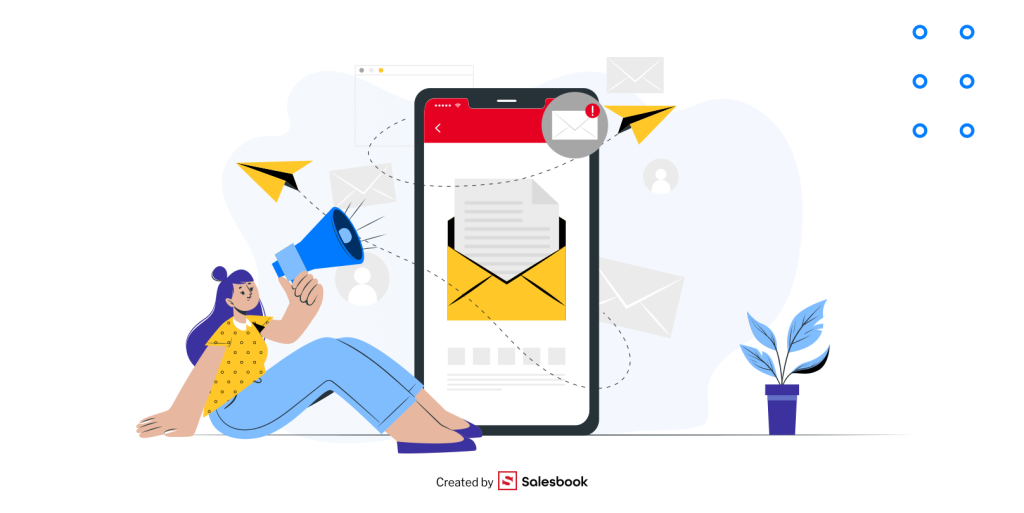
Automating the Lead Nurturing Process
The good news? Lead nurturing can be automated—but only if you have a thoughtful strategy and the right tools in place. The goal of automation isn’t to replace human contact, but to make sure no lead gets forgotten or left behind.
Tools for Nurturing Automation:
- HubSpot, GetResponse, ActiveCampaign – marketing automation platforms that allow you to build email sequences and personalized drip campaigns.
- Salesbook (for B2B sales) – lets you track interactions with proposals and presentations, helping you time and target follow-ups more effectively.
- Calendly + call invites – integrated into your nurturing flow so prospects can book a meeting when they’re ready.
Example of a Simple Nurturing Sequence:
- Day 0: Prospect says “Let’s revisit this in three months.”
- Day 7: Email with a summary of your previous call + link to relevant content (e.g., industry report)
- Day 21: Invite to a webinar featuring a case study from a similar company
- Day 60: Email with an update—like a new feature or a newly onboarded client in the same industry
- Day 85: Personal message suggesting a quick call to reconnect
This kind of sequence can be fully automated—as long as the content is genuinely useful and tailored to your company’s offering, the industry profile, and the client’s current stage in the buying process.

A follow-up isn’t just a “ping”—it’s a deliberate, strategic action that can multiply your chances of conversion. A well-planned nurturing sequence can move a prospect from “not now” to “let’s talk again”—and often, that’s all you need to ultimately win the deal.
Summary: How to Build a Repeatable B2B Customer Acquisition System
Successful business to business (B2B) customer acquisition doesn’t rely on one-off tactics or short-lived experiments. Instead, it’s built on a cohesive, repeatable framework designed to drive consistent lead generation and move prospects toward becoming sales qualified leads.
At its core, this system includes a few essential pillars:
- A clearly defined Ideal Customer Profile (ICP) and well-developed buyer personas
- A strategic blend of content marketing and outbound outreach—delivering valuable content and reaching out with targeted messages
- An active and intentional presence on social media—especially LinkedIn, a key platform for B2B engagement
- Smart automation that preserves a sense of personalization
- Continuous performance analysis and agile optimization of efforts
By consistently publishing expert-level content tailored to your industry and audience, you create both visibility and trust—the two foundations of effective B2B lead generation. As a result, when a sales representative reaches out, the conversation doesn’t feel forced or cold—it feels like a logical, welcomed next step for a well-informed prospect ready to become a sales qualified lead.
Final Advice?
Don’t start with tools.
Start with understanding your customer and building a solid strategy.
The best sales systems are:
- Automated, but human
- Scalable, but personalized
- Creative, but driven by data
If you want to stop putting out fires and start consistently winning new business, begin by solidifying your foundation.
Then—and only then—start scaling.
Table of Contents


